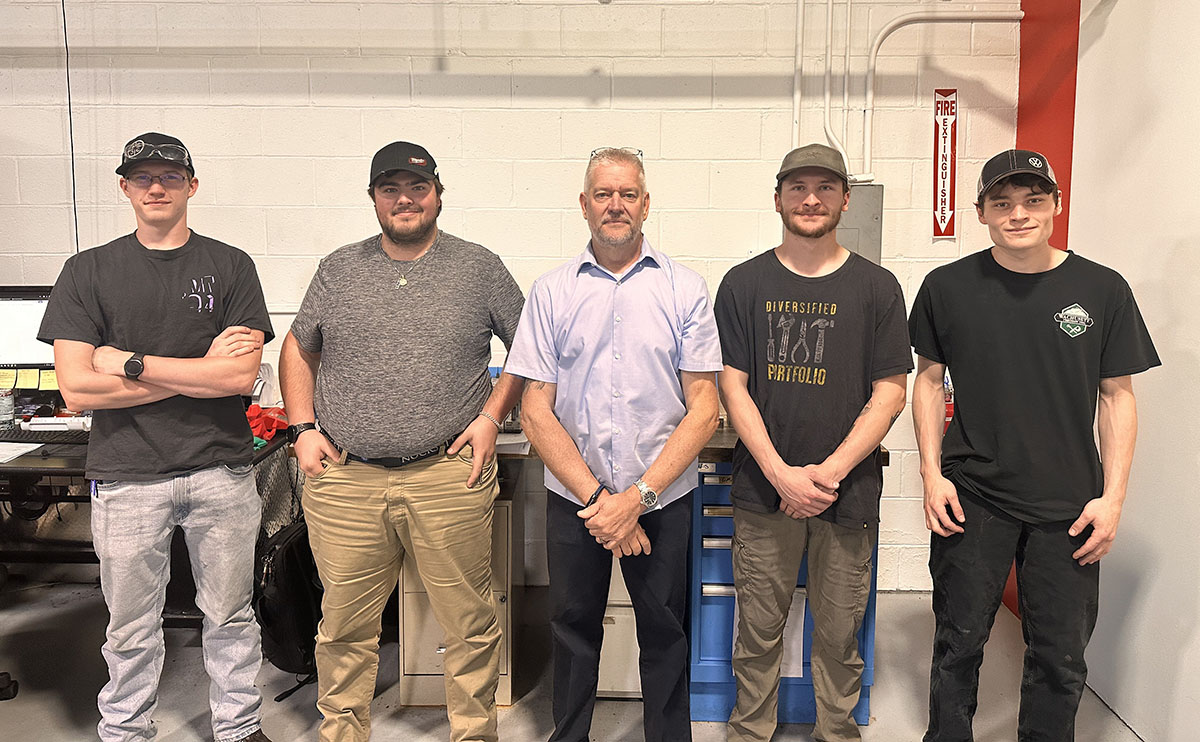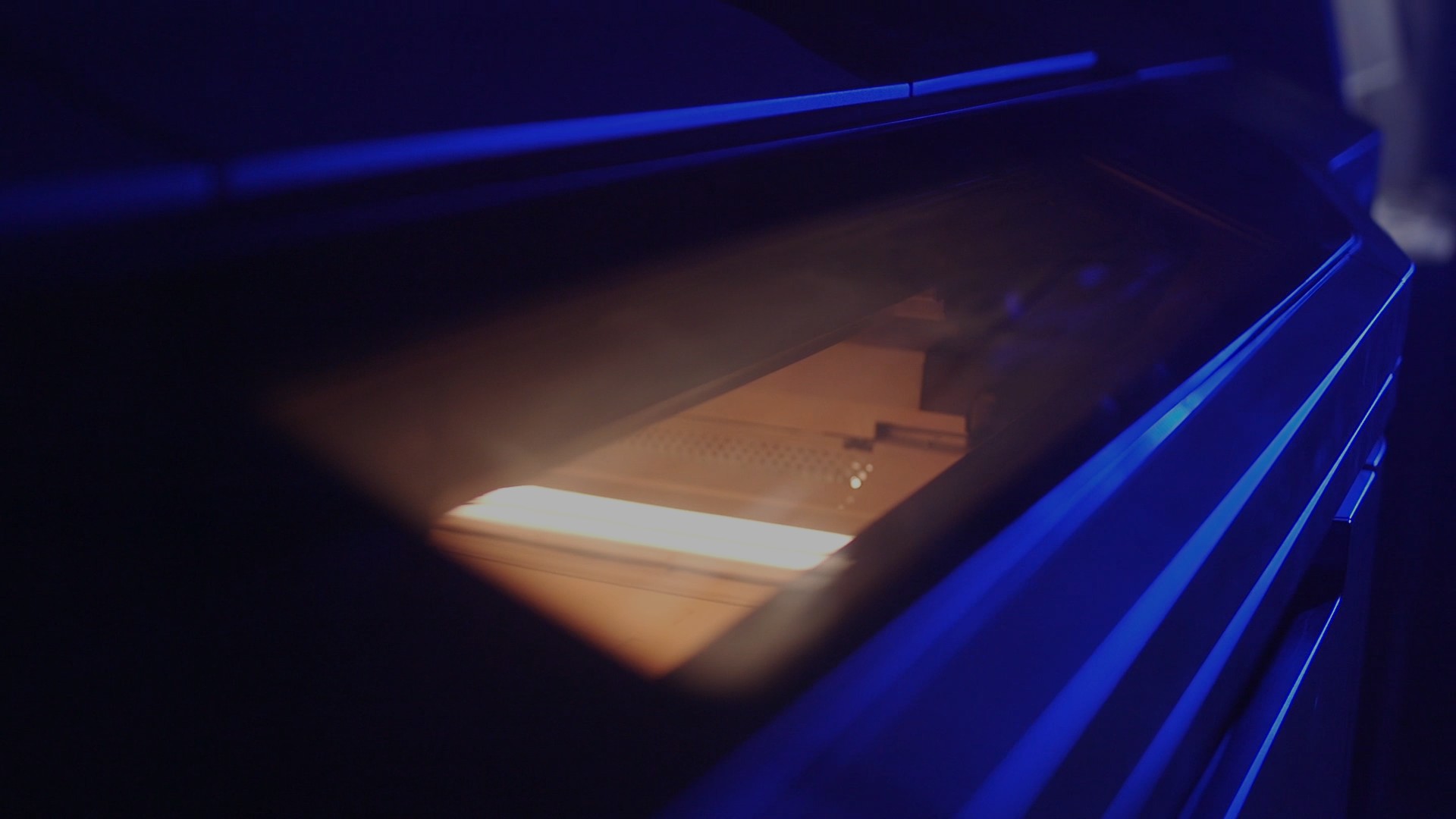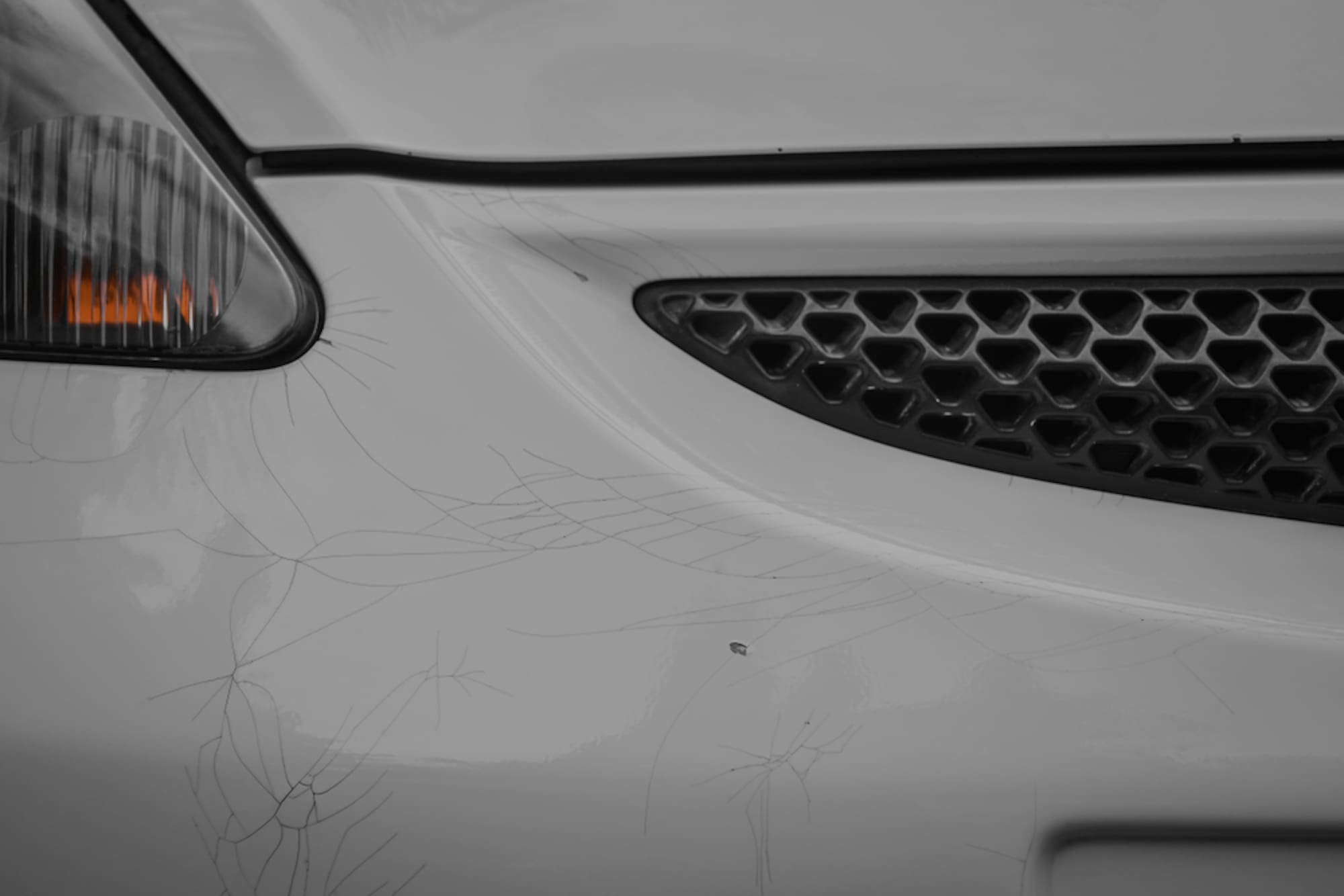Apprenticeship Program Serves Students and the Tooling Community
Published on June 20, 2024


Ron Maillet, General Manager of SyBridge Technologies in Fitchburg, Massachusetts, is an injection molding expert who started as an apprentice nearly forty years ago in Fitchburg, Leominster, Clinton, and surrounding areas.
For the past twenty-four years, Maillet has been working in the same building, in many roles and increasing responsibilities, and even through ownership changes. Now in the leadership role at SyBridge Technologies-Fitchburg, he helps oversee a well-established apprenticeship program with students from Montachusett Regional Vocational Technical School (“Monty Tech”) to learn the art, science, and craft of mold-making.
“It’s fitting that this area would be home to a thriving apprenticeship program in plastics and mold-making,” said Maillet. “One hundred years ago, Foster Manufacturing – famous for Foster Grant glasses – pioneered plastics and injection molding five miles away in Leominster,” said Maillet. The industry has had a presence here ever since.
SyBridge Technologies in Fitchburg has partnered with Monty Tech for seven years, bringing students into apprenticeship programs and then on into full employment. All the students that have started as apprentices under Maillet are either still in apprenticeship or are now employed by SyBridge, a testament to the staying power of the training and the industry.
Kim Curry, Coordinator of Co-operative Education and Placement for Monty Tech, explained the breadth of the apprenticeship program. Monty Tech serves 18 cities and towns in the area and offers 21 vocational programs, including “Advanced Manufacturing.” For a student to be considered for the co-operative education program, the student must be a junior, maintain grades of 75 or better, and be free of any discipline issues. The co-operative education program has seen a steady growth in interest from students since 2018.
“It’s been a great partnership between SyBridge and Monty Tech,” said Curry. “When I do site visits there, I see my former students in mentorship and supervisor roles—and it is such a delight!”
First comes the blueprint
Every SyBridge apprentice starts in the same way Maillet began: reading a blueprint. From the blueprint, they sort out the cuts and angles, note the dimensions and tolerances, and then schedule the order of each process. The apprentice then moves to a manual milling machine, where they install the tools, calculate cutting speeds, and make their first test cuts.
“I started reading blueprints,” said Jake Rickan, a 2023 graduate from Monty Tech who recently signed on as an employee of SyBridge. Rickan became interested in tool design and machine tech during his exploratory section in school, where he learned about different functional areas. He had been tinkering with after-market car parts, which involved machining, and the work of the apprenticeship program “caught his eye.”
“I had always been infatuated with machining,” said Jake. His parents were both educators, but for Jake, machine technology and the finished, machined piece of steel has its own appeal. “It’s very cool to see the finished piece and be like, ‘Hey, I’m the one who did that,’” said Rickan.
Step by step through the apprenticeship
“Once they show us they’ve [mastered a particular skill], then we move them on to the next stage,” said Maillet, “For instance, after showing they can run the manual machines, we move them to milling equipment with numerical controls. Then they start programming with computers; using 3D files created by our engineers, they start actually cutting steel.” Eventually, they get to the 16-tool changer and the higher-end work. And then on to another department.
Along the way, apprentices meet with both the experienced staff at SyBridge and with Monty Tech faculty to review expectations. Each step of advancement through the apprenticeship comes only after demonstrating the ability to perform previous steps.
“Students record each of the skills they learn every day,” said Maillet. Those records become a valuable reference document throughout their journeys as apprentices, and as they move into full-time employment.
The Monty Tech/SyBridge apprenticeship program enrolls one student per year. The program alternates weeks students spend attending school and working at SyBridge, so skills can be reinforced in both the apprenticeship program and classes.
“It’s cool to be able to come to the workplace and say, ‘Oh, what they’re teaching us [at school] is actually very useful,’” said Rickan.
Learning outside the lecture hall
One of the highlights of the apprenticeship program is that former students pass on the skills and habits they have learned to newer students. Students share the tacit knowledge they pick up from experienced mold-makers and machinists, like securing workpieces, locating the zero point (starting position) on the workpiece, and keeping their work area very clean. This is especially important for the precision work that SyBridge is known for; starting with a clean mill ensures debris from previous jobs will not alter tolerances for the next job.
“We have a very strong emphasis on making sure the part [in process] falls within certain tolerances,” said Rickan. In addition to setting up the workspace properly and having the specialized equipment required for precise tolerances, “we need to know how to get the part within those tolerances.”
Toward expertise that invents tomorrow’s tooling
Maillet likes to say that while most people divide an inch into quarters, eighths, and sixteenths, he and the highly specialized journeymen machinists at SyBridge divide an inch into 10,000 sections. Here, tools are regularly manufactured with .0002” tolerances (as compared to a standard sheet of printer paper which is about 20 times thicker at .004”). Observing and maintaining tolerances is critical to any machined part moving forward. That ability to work with very tight tolerances is an uncommon one; it’s also why the new apprentice enters the program only after being vetted by Monty Tech staff and instructors. Throughout their program, class subjects dovetail with real-world experience at SyBridge to reinforce skills that will prove useful over a lifetime.
Training students with experienced machinists has proven to be very productive for Maillet. Maillet noted that when he ran an ad for an experienced machinist, “90% of people don’t even know what a machinist is.” Meanwhile, Monty Tech (which is half a mile from SyBridge) has 25 potential students who are already interested and poised to learn new machinist skills. The bottom line is that Maillet can train and then hire experienced workers right into his shop —resulting in a scenario that benefits the students and the company.
“As an industry, we are actually in a time of rebuilding our skills here in the US,” said Maillet. “Tooling and mold-making were strong in the 1980s and 1990s, but then moved offshore for a lot of years.” After COVID-19 and the renewed focus on supply chain management, Maillet noted that interest in skilled mold and tool making had surged.
Rebuilding the craft of injection mold tooling means students remain in the community, earn a good salary, and help advance the art and science of mold-making.



